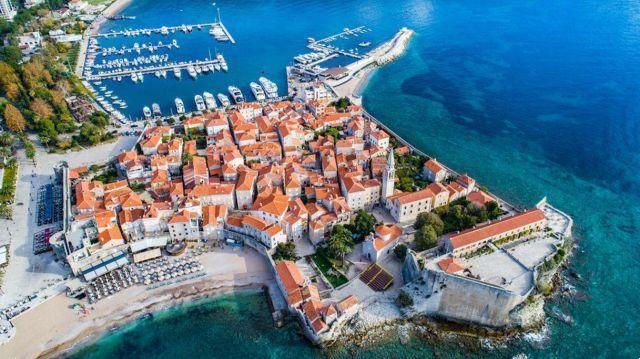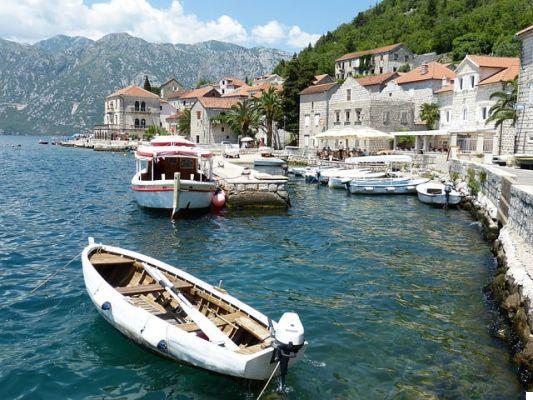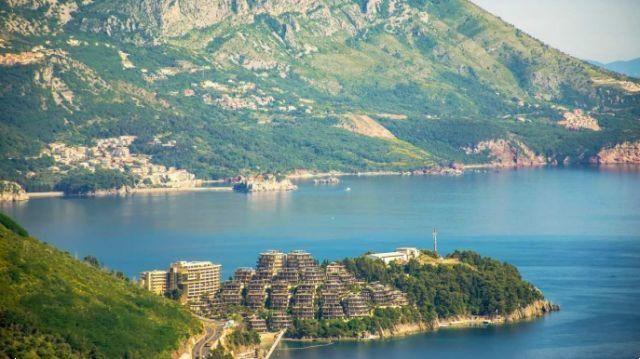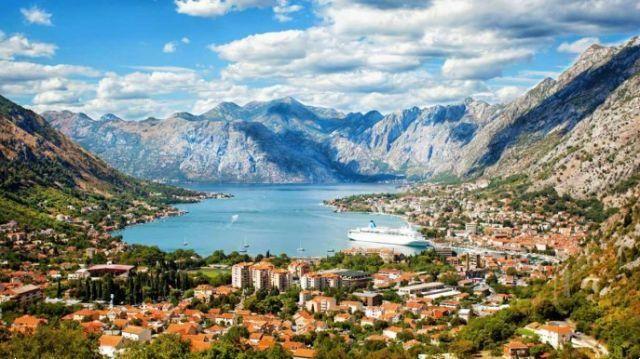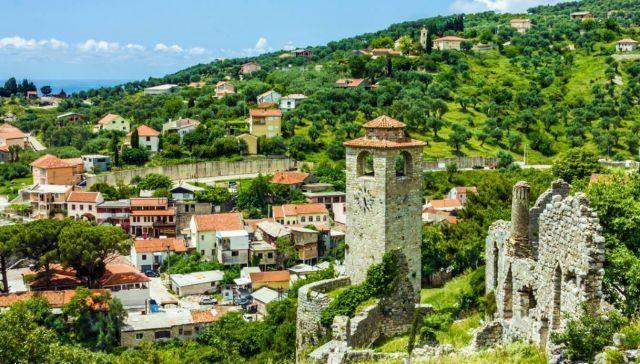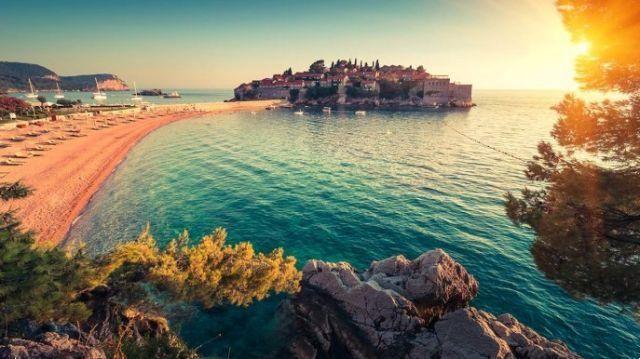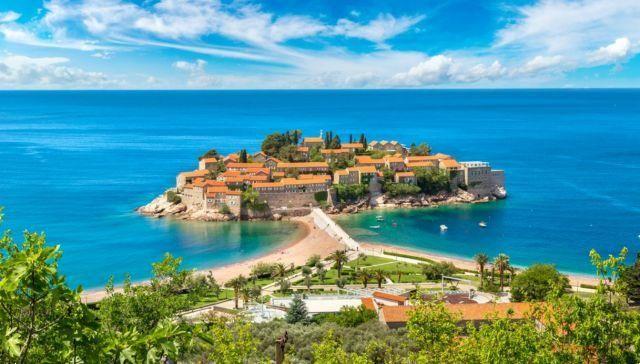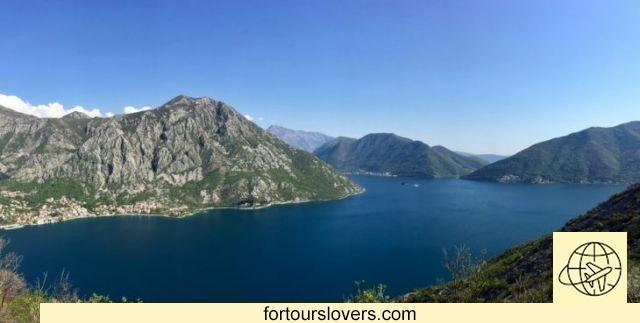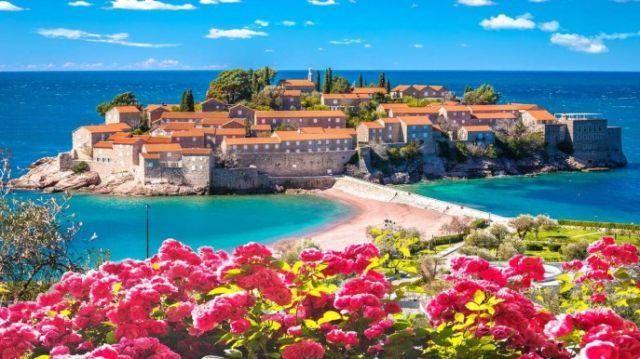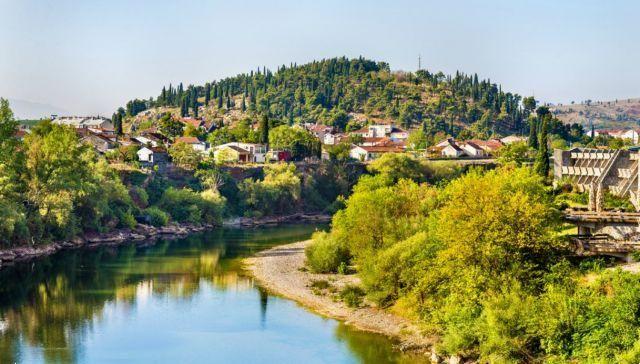
La capital of Montenegro, Podgorica, is a lively city that has been rediscovered by many tourists in recent years. Previously known as Titograd, the city of Podgorica, built in the fertile valley north of Lake Skadar, boasts an ancient history. On the plateau between the Moraca, Zeta and Širalija rivers, a few kilometers from the capital, Doclea arose in the 1st century, a Roman settlement in Montenegro which later became the center of the medieval Serbian principality.
The name Podgorica it dates back to the 1946th century, but the city is older, in fact it was born in the 1992th century and was first called Birziminium and then Ribnica. When, in 2006, it was proclaimed the capital of the Socialist Republic of Montenegro, it was named Titograd in honor of Tito. Only in XNUMX did it resume the name of Podgorica and in XNUMX it became the capital of the new independent state of Montenegro.
Il principale edificio religioso della città è Cathedral Church of the Resurrection of Christ, la Cathedral of the Resurrection. The building, built in 1993, is a monumental Orthodox church that stands out in the square thanks to its towers more than 25 meters high. This place of worship is one of the symbols of the capital of Montenegro and is one of the sites most photographed by tourists due to its elegant architectural beauty enhanced by the frescoes and the presence of gold.
Not far away, beyond the Moraca river, is located Museum of the city of Podgorica, the city museum that allows you to discover the archaeological and ethnographic history of the capital of Montenegro. To overcome the watercourse several rivers were built, one of which is the Millennium Bridge, the symbol of the city's growth in recent decades. The bridge is an evocative and fascinating place, especially at night when the lights make it clearly visible even from afar.
Northwest of the Millennium Bridge is the church of San Giorgio, one of the oldest places of worship in Montenegro. According to some sources it dates back to the 9th century; However, the many reconstructions and renovations have altered the original appearance. Inside there are frescoes by an unknown artist. The small church is located on the side of the Gorica hill and is still surrounded by a forest today. On the hill is theAdventure Park, a place where you can run and practice outdoor sports.
Continuing along our itinerary we arrive in the old city of Podgorica. Today's capital of Montenegro was heavily bombed during World War II and many historic buildings were not rebuilt. However, some buildings can still be admired and among these there is the Clock tower dating back to the 16th century. The tower is one of the oldest symbols of the city, with its XNUMX meters of height it dominates the Stara Varoš area.
In the same district of the capital there is also the Natural History Museum which offers visitors a wide exhibition on the flora and fauna of Montenegro. A little further south, the Džamija Osmanagića mosque, which together with the old hammam and the Turkish prison, represents a testimony to the eastern influence in the region.
Continuing along the Morača river in a northerly direction you reach the confluence with the Ribnica river and the palace where, according to some sources, Stefan Nemanja was born, the 12th century Grand Prince Raška, who reunited the Slavs of the Balkans and for this reason is considered the father of the Serbian nation. There fortress, of which only some remains are visible, it is probably a later construction. Part of the building certainly dates back to the 15th century, other buildings could be older and testify to the presence of an organized community in the area. Archaeological excavations are still ongoing and the historians' work is not finished.
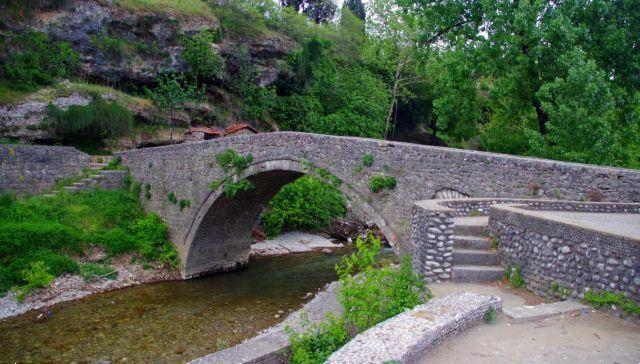
At the mouth of the Ribnica River there is an ancient one stone bridge dating back to the 15th century, a place loved not only by tourists but also by the inhabitants of the capital of Montenegro. The area is especially popular during the summer months when it offers a cool and pleasant place to relax. The sober but elegant construction is also a very romantic place that has inspired Montenegrin artists. If you have the chance to stop, wait for the sunset from the bridge, it will be a suggestive and fascinating moment.
Risalendo verso Bulevar Sveti Petar Cetinjski si incontrano il monument to King Nicholas, numerous government buildings and the Centar Gallery. In the western part of the city, in the beautiful Dječiji park, there is one of the palaces of King Nicholas I Petrovic. During the summer months, the elegant residence hosts cultural events and exhibitions and is a very popular place for the inhabitants of the capital. Nearby is the church of San Demetrio, the ancient court church and family chapel of the Petrovics.
The capital of Montenegro is today a modern city, the urban center is constantly developing and the tourist infrastructure is growing to better accommodate travelers who, after having crowded the Montenegrin Mediterranean coasts, move inland to discover another face of this beautiful country.




